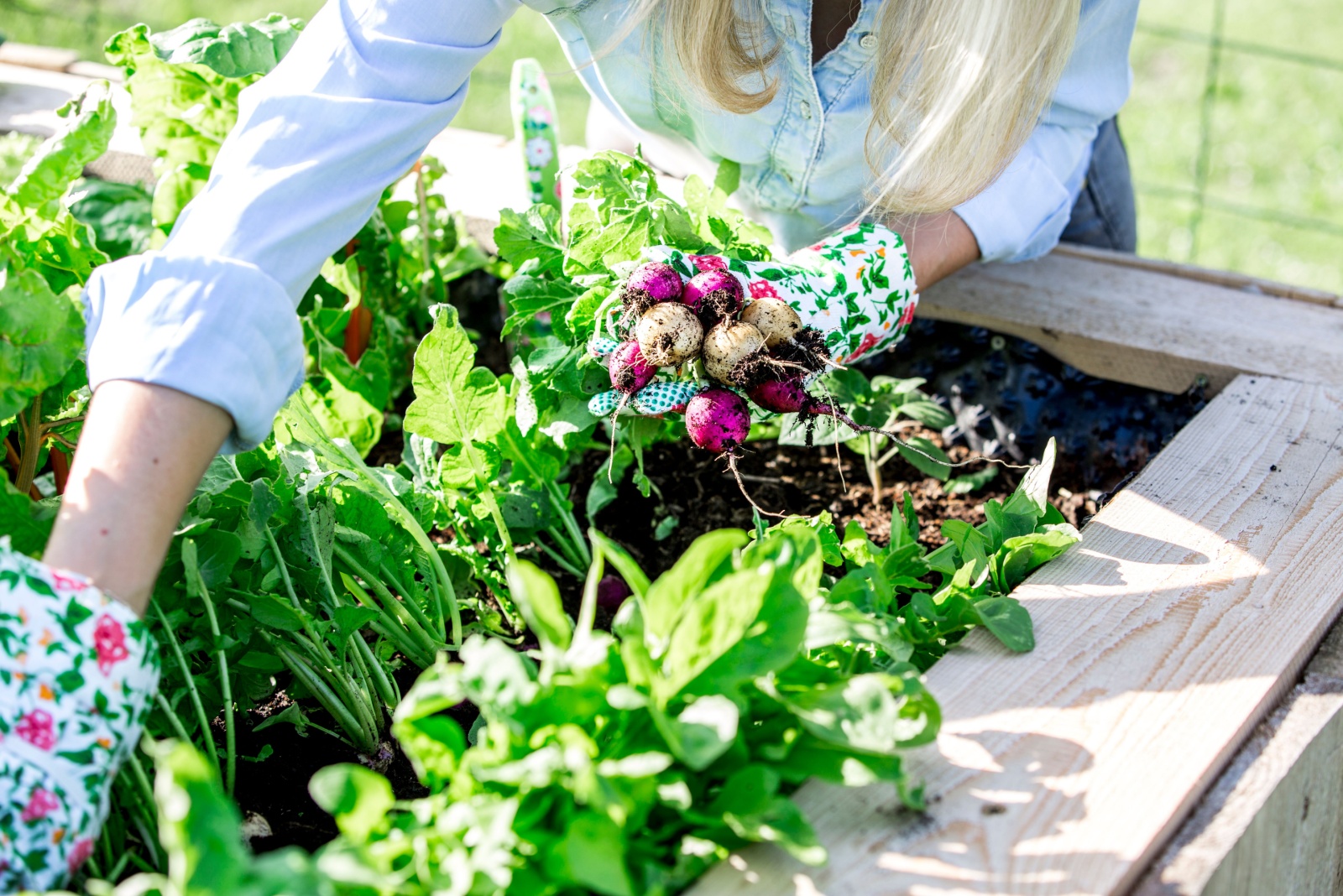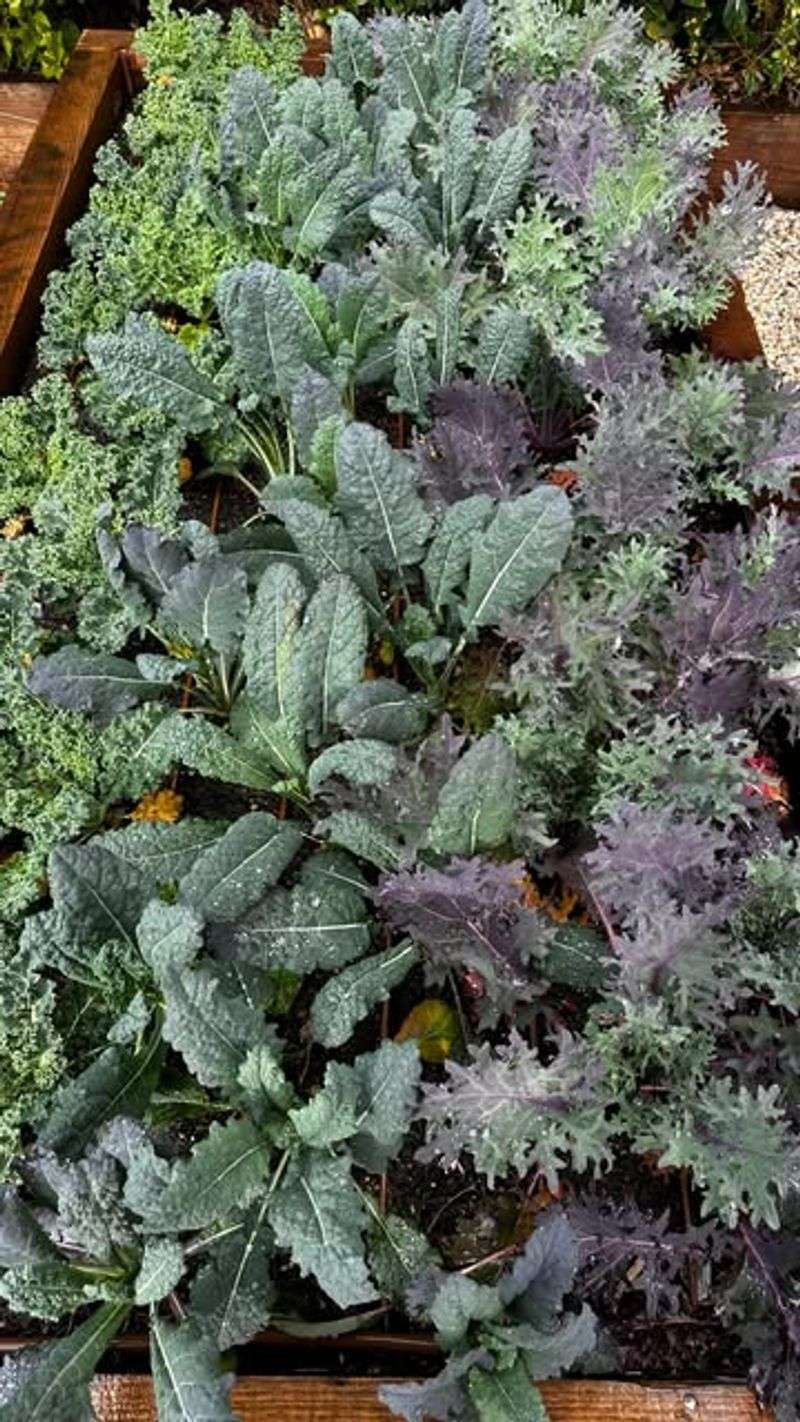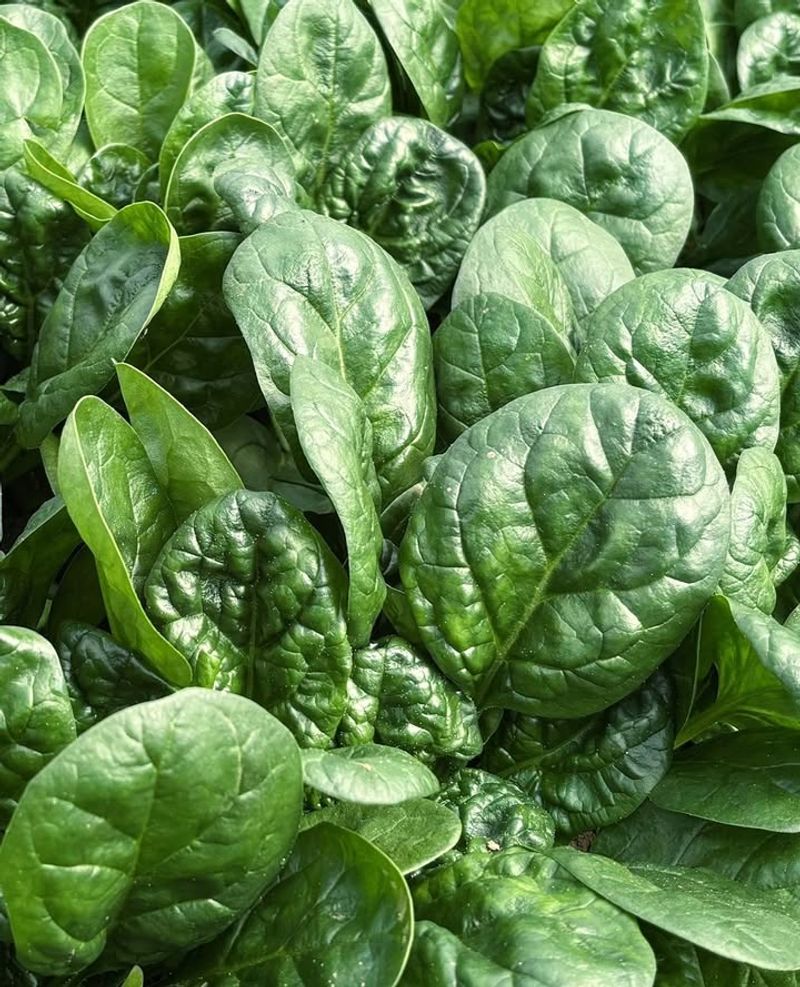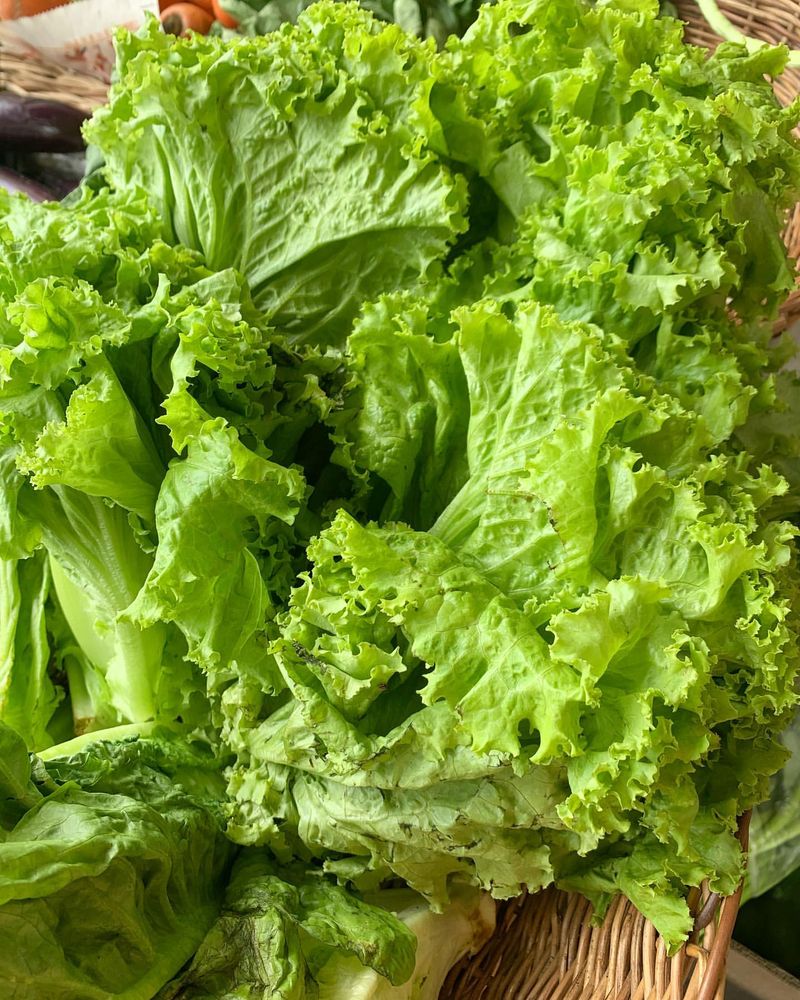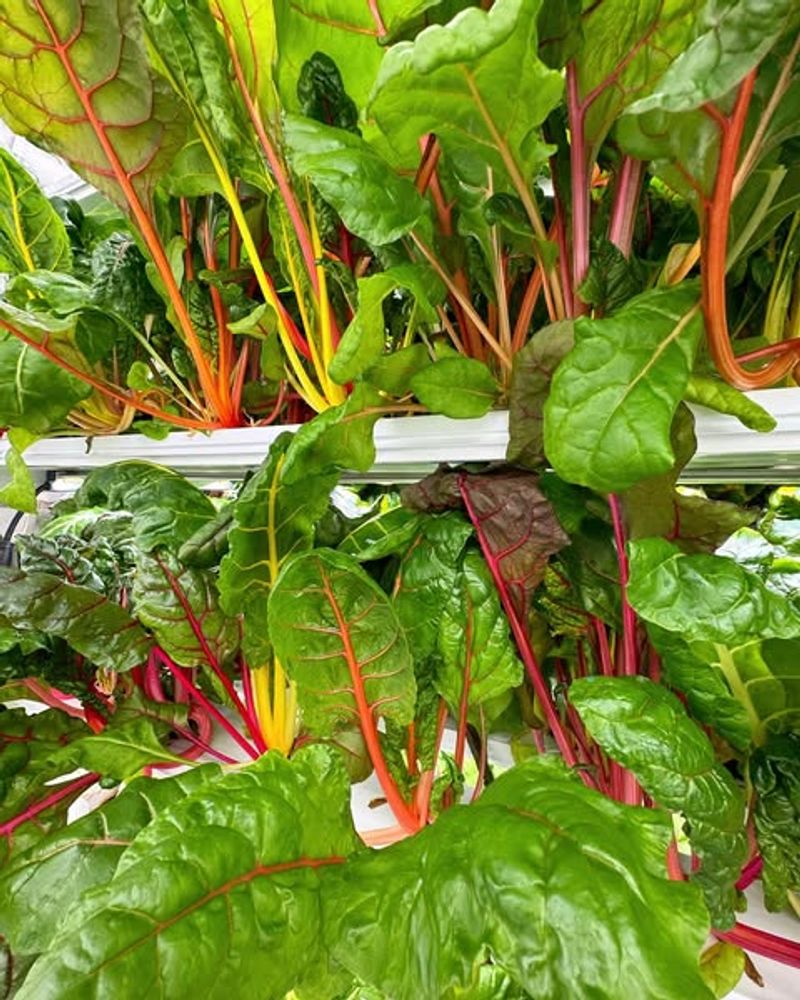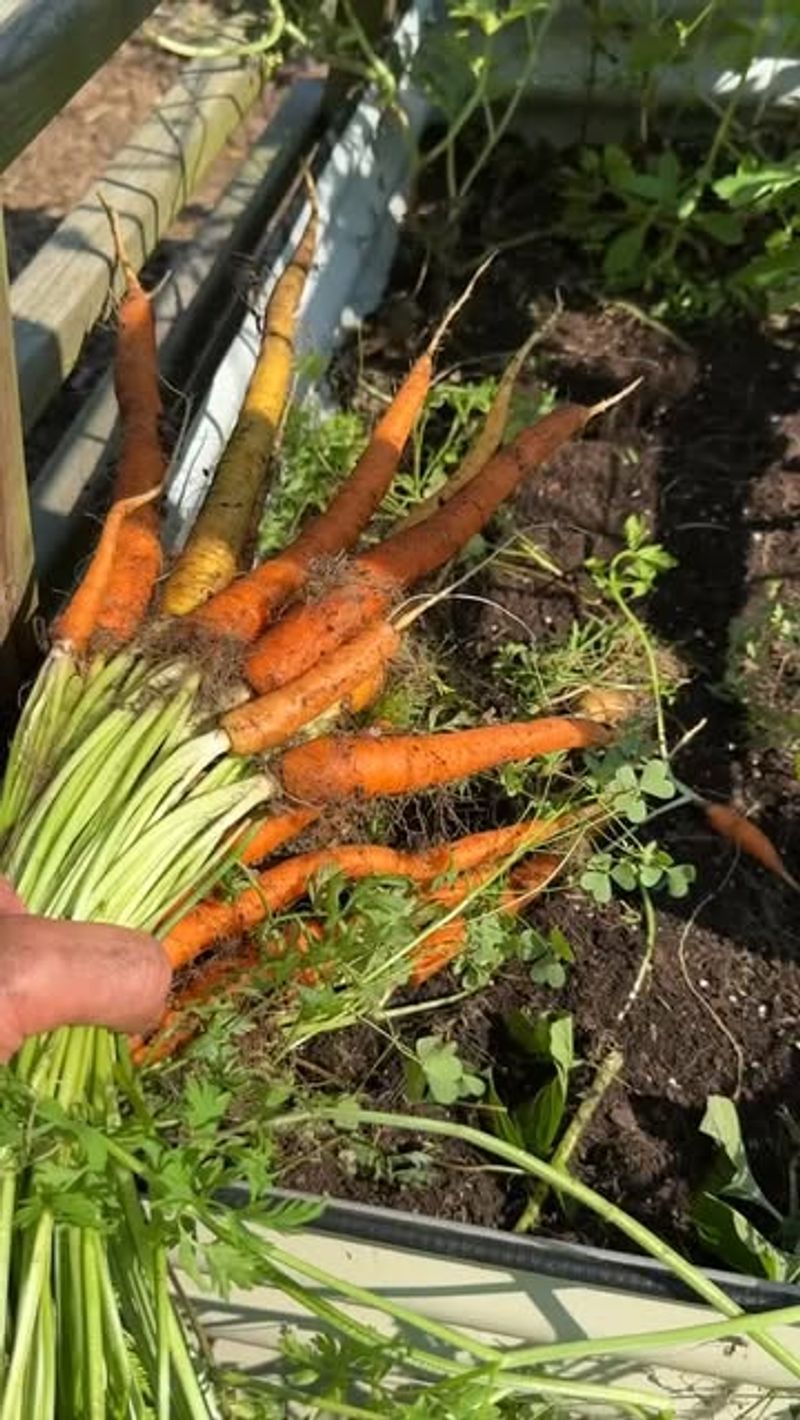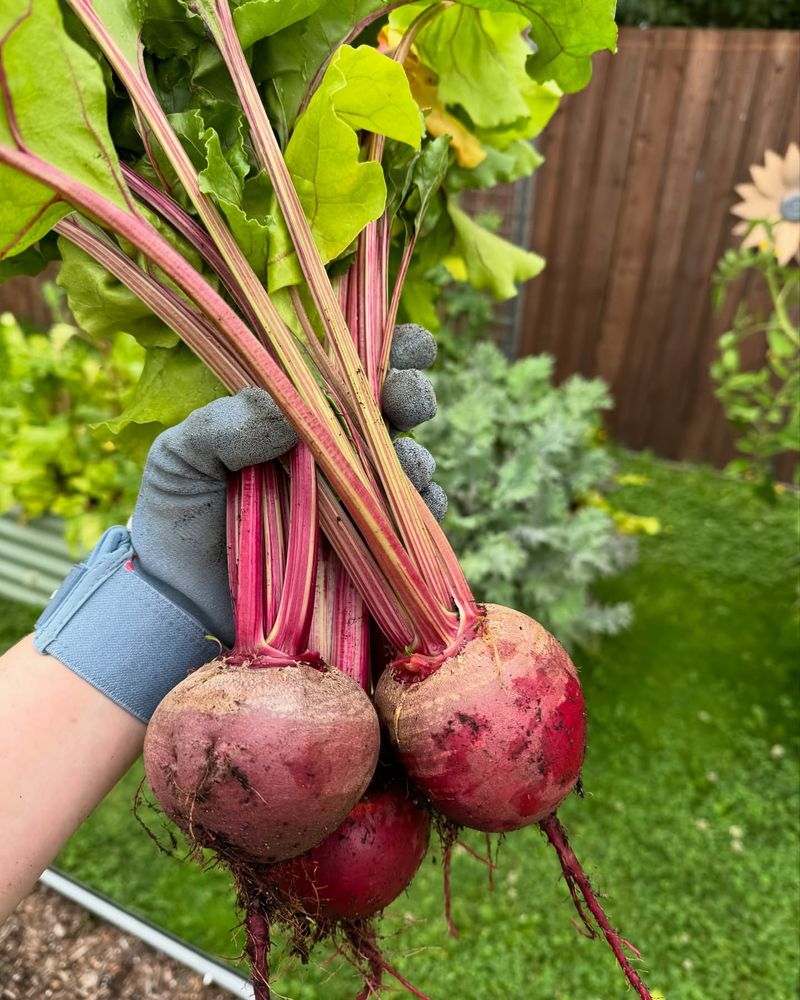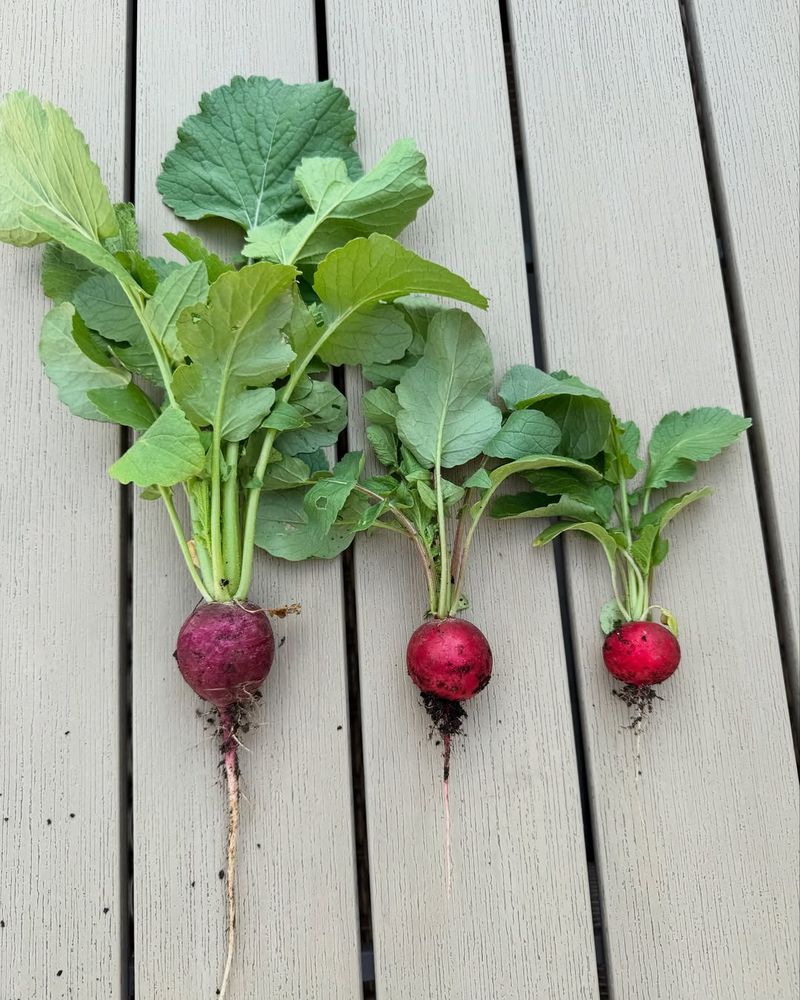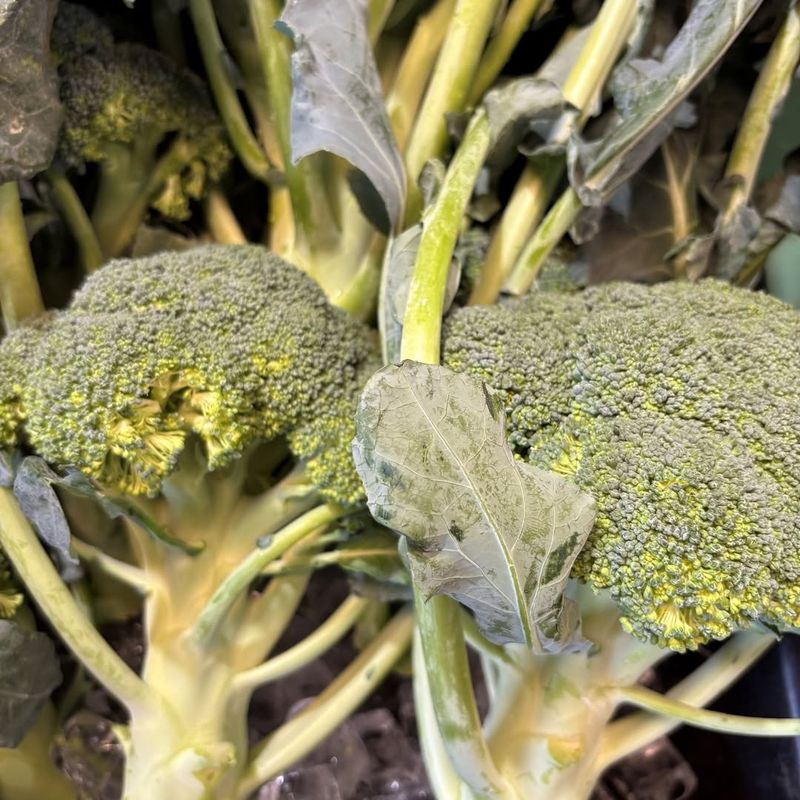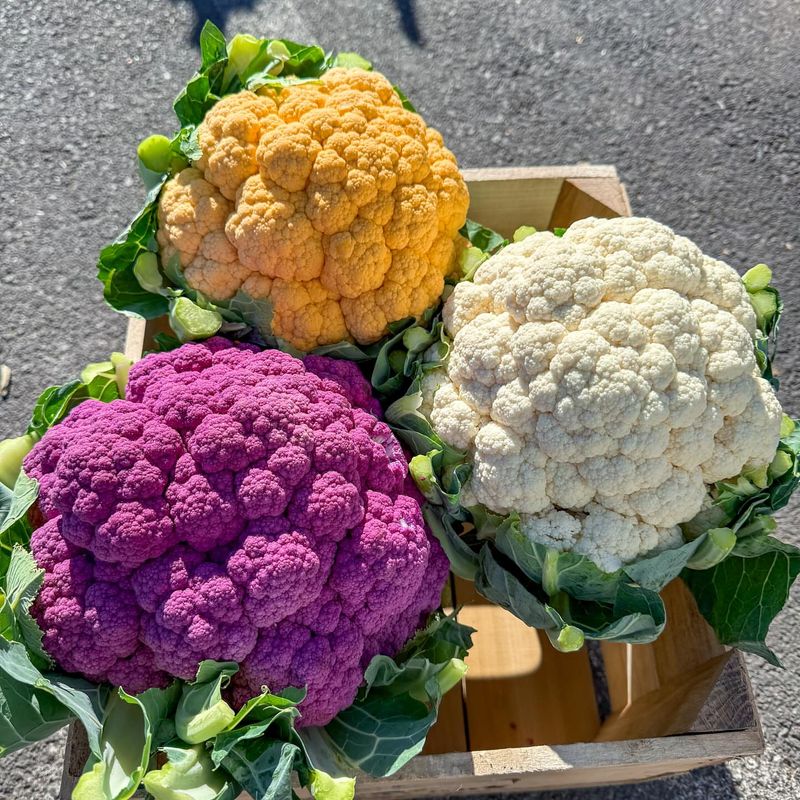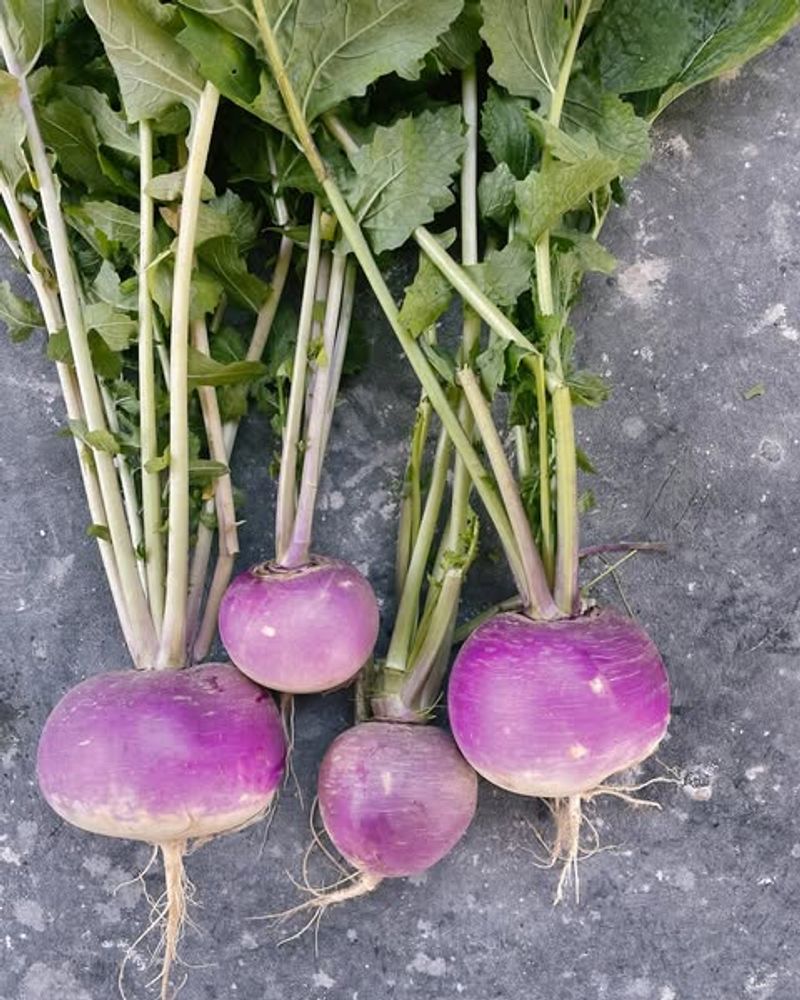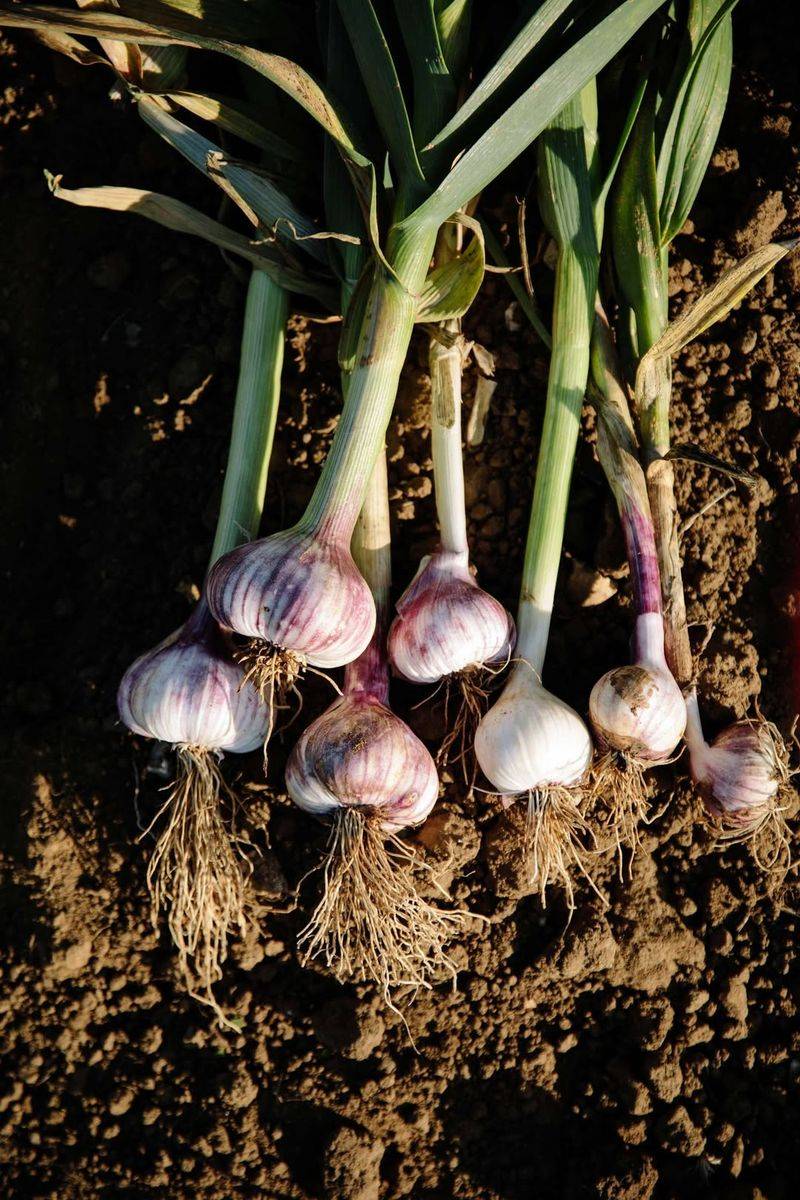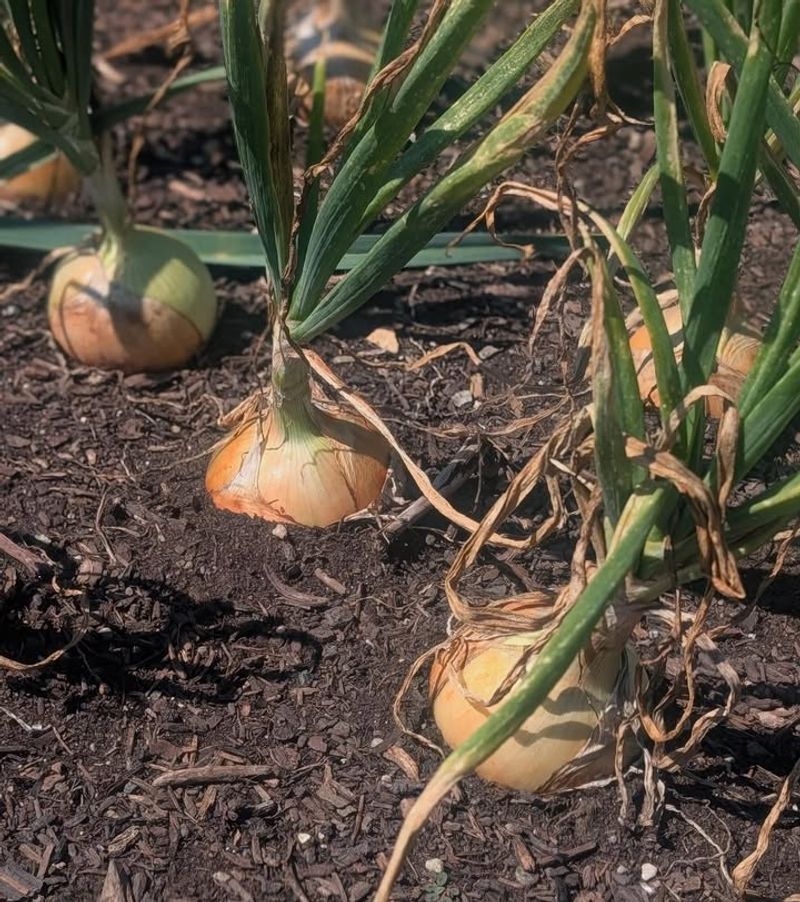Fall gardening brings a special joy to North Carolina gardeners, especially those with raised beds. As summer heat fades and cooler temperatures arrive, a whole new planting season begins.
Raised beds offer perfect growing conditions with their improved drainage and warmer soil, making them ideal for extending the growing season well into our mild NC winters.
1. Kale
Kale thrives in our North Carolina fall weather and becomes even sweeter after light frosts. The raised bed environment prevents the soggy conditions that can plague ground-planted kale.
In my experience, planting kale in August or early September yields harvests that continue through winter in milder parts of NC. The well-drained soil in raised beds prevents root rot issues.
Try varieties like Lacinato or Red Russian for best results. I’ve found that regular harvesting of outer leaves encourages continuous production rather than picking the entire plant at once.
2. Spinach
Growing spinach in fall raised beds gives North Carolina gardeners a huge advantage. The elevated soil warms up faster on cool mornings yet stays cooler during unexpected warm spells.
Sowing seeds every few weeks from September through October creates continuous harvests. For me, spinach planted in raised beds grows noticeably cleaner leaves than in-ground plantings, with less soil splash during autumn rains.
Baby spinach can be harvested just 30 days after planting, while full-sized leaves take about 45 days to mature in our fall conditions.
3. Lettuce
Fall lettuce grows beautifully in North Carolina raised beds where the controlled environment helps prevent bitter flavors. The loose, rich soil allows for perfect root development and easy harvesting.
My favorite approach is planting multiple varieties simultaneously for colorful salads. Butterhead, romaine, and loose-leaf types all perform wonderfully in our fall climate.
Plant seeds from late August through October, and you’ll enjoy fresh salads until the first hard freeze. The raised bed height also helps protect lettuce from the occasional early frost we get in central NC.
4. Swiss Chard
Swiss chard brings both beauty and nutrition to fall raised beds. The bright stems in red, yellow, and pink create a stunning display against our Carolina blue skies.
What makes chard perfect for raised beds is its long harvest period. I’ve maintained healthy plants from fall through winter and into spring by giving them about 12 inches of space between plants.
Start seeds in late summer or transplant seedlings in September. The controlled soil conditions in raised beds prevent the yellowing issues that sometimes affect in-ground plantings during wet fall seasons.
5. Carrots
Fall carrots develop exceptional sweetness in raised beds as cooler temperatures trigger sugar production. The loose, stone-free soil in raised beds allows for straight, well-formed roots that you rarely achieve in our typical clay-heavy NC ground.
For best results, sow seeds in August or early September. I’ve learned to thin seedlings ruthlessly to one plant every two inches – something that’s much easier to manage in the defined space of a raised bed.
Mulching with a thin layer of straw helps maintain soil moisture during dry fall periods while protecting from occasional frost.
6. Beets
Beets appreciate the consistent moisture and temperature that raised beds provide during our unpredictable fall weather. The deep, loose soil allows roots to develop without obstruction, resulting in perfectly round beets.
I’ve had great success planting beet seeds directly in my raised beds from mid-August through September. The trick is keeping the soil consistently moist until germination, which is easier in raised beds with their improved drainage.
Don’t forget that both the roots and greens are edible – giving you two harvests from one crop. Most varieties mature in about 55-60 days in our NC fall conditions.
7. Radishes
Radishes are the speedsters of the fall garden, ready to harvest just 3-4 weeks after planting. Their quick growth makes them perfect for utilizing small spaces between slower-growing fall crops in raised beds.
The consistent soil quality in raised beds prevents the splitting and pithiness that often affects radishes grown in heavy ground soil. My North Carolina garden produces the crispest, spiciest radishes in fall rather than spring.
Try succession planting every 10 days from September through November for continuous harvests. The defined space of raised beds makes it easy to keep track of planting dates.
8. Broccoli
Broccoli transplants set out in late August or early September thrive in the cooling temperatures of North Carolina falls. Raised beds offer the perfect balance of drainage and moisture retention that broccoli demands.
The elevated growing environment also helps deter cabbage worms and other pests that typically plague broccoli. I’ve found that adding compost to raised beds before planting broccoli significantly improves head formation.
After harvesting the main head, the plants continue producing smaller side shoots for weeks. This extended harvest is one reason broccoli earns its space in my fall raised bed garden every year.
9. Cauliflower
Cauliflower presents a rewarding challenge for North Carolina fall gardeners with raised beds. The controlled environment helps provide the steady growing conditions this somewhat fussy crop demands.
For pure white heads, I’ve learned to blanch cauliflower by folding the outer leaves over the developing head when it’s about the size of an egg. The raised bed makes this task much easier to monitor and manage.
Plant transplants in early September for harvest before hard freezes arrive. The improved drainage of raised beds prevents the root diseases that sometimes affect cauliflower during wet fall periods.
10. Turnips
Turnips deserve more attention in fall gardens, especially in raised beds where their roots develop clean, smooth exteriors. The loose soil structure allows for perfect globe formation without the obstacles that cause misshapen roots.
Many gardeners don’t realize both turnip roots and greens are delicious. In my North Carolina raised beds, I plant some specifically for tender greens and others for root production.
Direct sow seeds from late August through September. The elevated nature of raised beds protects turnips from flooding during our occasional fall tropical storm remnants that pass through NC.
11. Garlic
Garlic planted in fall raised beds develops strong root systems before winter dormancy. Come spring, these established plants surge into growth, producing larger bulbs than spring-planted garlic.
The excellent drainage of raised beds prevents the rot issues that sometimes plague garlic in our clay-heavy North Carolina soils. I plant cloves in October, about 6 inches apart and 2 inches deep, with the pointed end facing upward.
Mulching with straw after planting helps moderate soil temperature through winter. While garlic occupies space through spring, the fall planting timing makes it a perfect succession crop after summer vegetables finish.
12. Onions
Fall-planted onion sets establish strong roots during our mild North Carolina winters, resulting in larger bulbs at harvest time. The controlled environment of raised beds prevents the soggy conditions that lead to onion diseases.
For best results in our region, I plant short-day onion varieties like Georgia Sweet or Texas Early Grano. These types respond well to our southern daylight patterns and produce beautiful bulbs by late spring.
Plant sets about an inch deep and 4-6 inches apart in October or November. The defined space of raised beds makes it easy to interplant fast-growing crops like radishes between onion rows for efficient space utilization.

